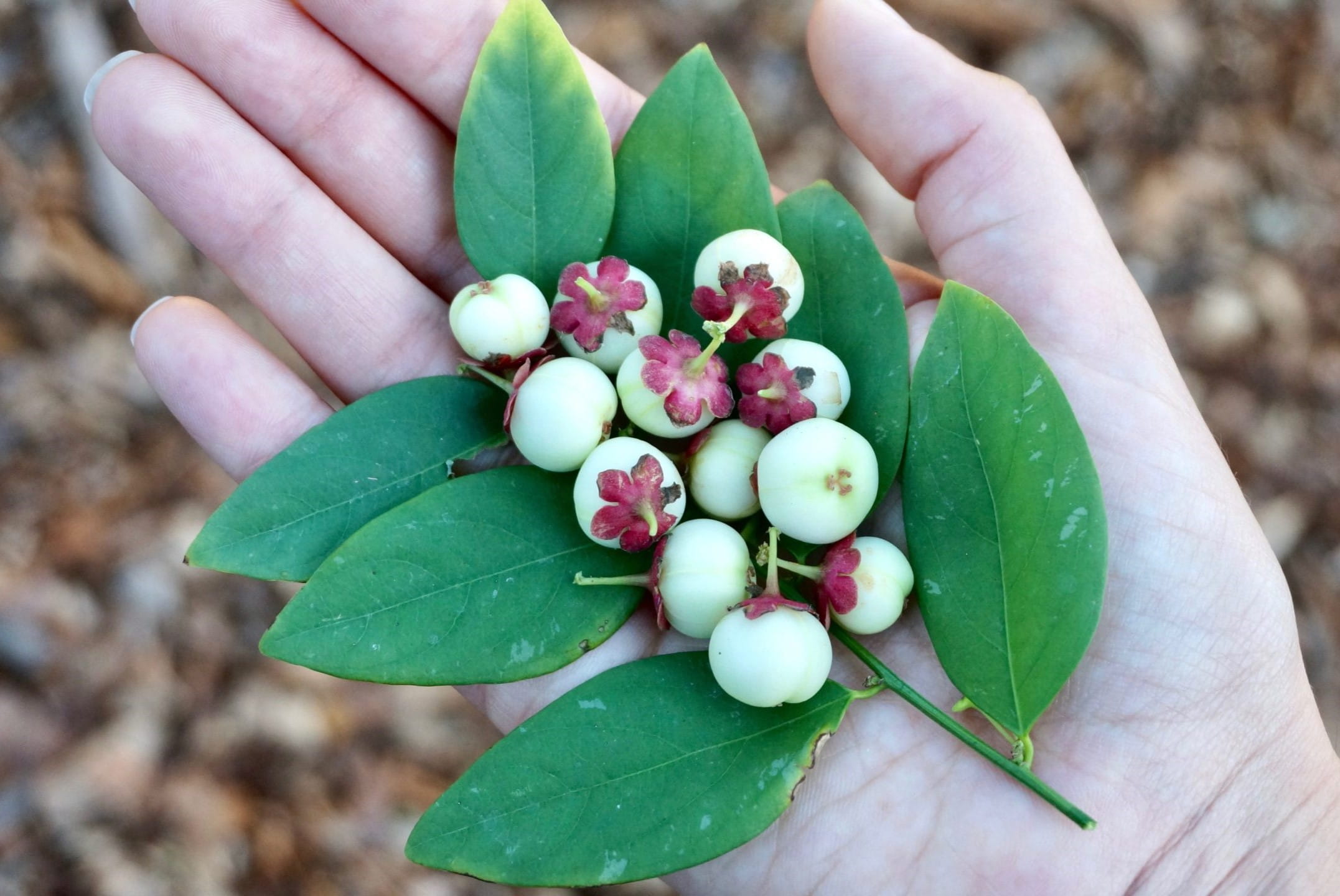
Sauropus androgynus, also known as katuk, is a leafy vegetable popular in Southeast Asia. This plant isn't just a staple in many dishes; it's packed with nutrients. Rich in vitamins A, B, and C, it supports immune health and vision. High in protein, it’s a great addition to vegetarian diets. Sauropus androgynus also contains iron and calcium, essential for strong bones and blood health. However, consuming it raw in large amounts can be harmful due to its papaverine content. Cooking it reduces this risk. Curious about this superfood? Let’s dive into 15 fascinating facts about Sauropus androgynus!
Key Takeaways:
- Sauropus Androgynus, also known as Katuk or Sweet Leaf, is a nutritious leafy vegetable rich in vitamin K, protein, and other essential nutrients, making it a valuable addition to vegetarian diets.
- This versatile plant is not only used in cooking but also has a long history in traditional medicine, with medicinal applications ranging from promoting lactation to treating colds and skin conditions.
What is Sauropus Androgynus?
Sauropus androgynus, also known as Katuk or Sweet Leaf, is a leafy vegetable popular in Southeast Asia. This plant is not only known for its culinary uses but also for its nutritional benefits.
- Katuk is rich in vitamin K, which is essential for blood clotting and bone health.
- The leaves contain high levels of protein, making them a valuable source of nutrition, especially in vegetarian diets.
- Sauropus androgynus is often used in traditional medicine to promote lactation in nursing mothers.
Nutritional Benefits of Sauropus Androgynus
This plant is packed with nutrients that contribute to overall health. Let's explore some of the key benefits.
- The leaves are a good source of vitamin A, which is important for vision and immune function.
- Iron content in Katuk helps in preventing anemia and maintaining healthy blood cells.
- Calcium found in the leaves supports strong bones and teeth.
- Antioxidants present in Sauropus androgynus help in fighting free radicals and reducing oxidative stress.
Culinary Uses of Sauropus Androgynus
Katuk is not just nutritious but also versatile in the kitchen. Here are some ways it can be used in cooking.
- The leaves can be stir-fried with garlic and other vegetables for a quick, healthy dish.
- Soups often include Katuk leaves for added flavor and nutrition.
- In some cultures, the leaves are used to make herbal teas that are both refreshing and beneficial.
Traditional Medicine and Sauropus Androgynus
Beyond its culinary uses, Katuk has a long history in traditional medicine. Here are some of its medicinal applications.
- The plant is believed to help reduce fever and treat colds.
- Sauropus androgynus is used to improve digestion and relieve constipation.
- Some traditional practices use the leaves to treat skin conditions like rashes and eczema.
Growing Sauropus Androgynus
Interested in growing your own Katuk? It's easier than you might think. Here are some tips.
- Katuk thrives in tropical climates and requires minimal care.
- The plant can be propagated from cuttings, making it easy to grow at home.
The Final Scoop on Sauropus Androgynus
Sauropus androgynus, also known as katuk or sweet leaf, packs a punch with its nutritional benefits and medicinal properties. This leafy green is rich in vitamins, minerals, and antioxidants, making it a superfood worth adding to your diet. It’s not just about nutrition; katuk has been used in traditional medicine to boost lactation, improve digestion, and reduce inflammation.
Despite its benefits, moderation is key. Overconsumption can lead to lung issues due to its papaverine content. Cooking the leaves can help reduce this risk. Whether you’re looking to enhance your meals or explore natural remedies, sauropus androgynus offers a versatile option.
So, next time you’re at the market, consider grabbing some katuk. Your body will thank you for the nutrient boost and health benefits.
Frequently Asked Questions
Was this page helpful?
Our commitment to delivering trustworthy and engaging content is at the heart of what we do. Each fact on our site is contributed by real users like you, bringing a wealth of diverse insights and information. To ensure the highest standards of accuracy and reliability, our dedicated editors meticulously review each submission. This process guarantees that the facts we share are not only fascinating but also credible. Trust in our commitment to quality and authenticity as you explore and learn with us.


